8 Most Effective Water-Saving Techniques for Your Garden
Is your garden water-conscious? Adopt these strategies to save a precious resource and lower your water bill at the same time
The Earth Overshoot Day (marking the date when our demand for ecological resources in a given year exceeds what the Earth can regenerate in that year) fell on 2 August this year. The crisis-like state of India’s water availability indicates the urgent need to conserve water as much as possible. It is not just in India but the world over that water is becoming a scarce resource … getting scarcer by the minute.
Our gardens tend to drink up a large amount of water in comparison to other household activities. A little planning, some simple additions and you can have an eco-conscious outdoor space. Have a look at these eight smart techniques that will go a long way in creating water-wise gardens.
Our gardens tend to drink up a large amount of water in comparison to other household activities. A little planning, some simple additions and you can have an eco-conscious outdoor space. Have a look at these eight smart techniques that will go a long way in creating water-wise gardens.
2. Go for native, low-maintenance plants
Evidently, plants that suit the local climate and soil require less maintenance and care. Look for plants that are indigenous to your area. You need to water in quantities according to the plant and soil type. Otherwise, pick drought-tolerant, low-care plants that can stand infrequent attention. Bougainvillea (Bougainvillea spectabilis), jarul (Lagerstroemia speciosa), paradise tree (Simarouba glauca), spider plant (Chlorophytum comosum), sadabahar (Catharanthus roseus) and many others are some low-water-consumption plants that suit the Indian climate.
Tip: It is best to water the plants early in the morning or early in the evening to minimise evaporation due to sun. You can also keep the soil cool by planting more ground cover plants and trees that provide good shade.
Have a look at 10 clever urban gardens
Evidently, plants that suit the local climate and soil require less maintenance and care. Look for plants that are indigenous to your area. You need to water in quantities according to the plant and soil type. Otherwise, pick drought-tolerant, low-care plants that can stand infrequent attention. Bougainvillea (Bougainvillea spectabilis), jarul (Lagerstroemia speciosa), paradise tree (Simarouba glauca), spider plant (Chlorophytum comosum), sadabahar (Catharanthus roseus) and many others are some low-water-consumption plants that suit the Indian climate.
Tip: It is best to water the plants early in the morning or early in the evening to minimise evaporation due to sun. You can also keep the soil cool by planting more ground cover plants and trees that provide good shade.
Have a look at 10 clever urban gardens
3. Start mulching
Mulching involves covering the soil with a permeable layer of material to lock in the moisture provided to it. It can be applied to small and big trees by adding mulch to the base of the plant/tree such that the soil around is evenly sheathed. Lessened evaporation directly reduces the need for frequent watering. Mulching not only saves water, but also suppresses the growth of weeds and pests (as the non-planted area of soil is shielded). Pebbles, rocks, straw, wood chips, compost and fabric are some materials widely used as mulch in home gardens.
Mulching involves covering the soil with a permeable layer of material to lock in the moisture provided to it. It can be applied to small and big trees by adding mulch to the base of the plant/tree such that the soil around is evenly sheathed. Lessened evaporation directly reduces the need for frequent watering. Mulching not only saves water, but also suppresses the growth of weeds and pests (as the non-planted area of soil is shielded). Pebbles, rocks, straw, wood chips, compost and fabric are some materials widely used as mulch in home gardens.
4. Build more hardscapes
In large gardens, lawns and roughly planted zones demand more water and attention. Consider replacing such areas with decks, covered walkways or outdoor seating areas. This cuts back on water use and creates interim spaces to enjoy outdoor moments.
Make sure you add hardscapes to an extent that it does not take away the ‘garden’ aspect of the space. It is always best to hire a landscape designer to renovate or re-design your garden. Correctly segregated and planned gardens are easier to manage and efficient in use.
Browse garden photos for inspiration
In large gardens, lawns and roughly planted zones demand more water and attention. Consider replacing such areas with decks, covered walkways or outdoor seating areas. This cuts back on water use and creates interim spaces to enjoy outdoor moments.
Make sure you add hardscapes to an extent that it does not take away the ‘garden’ aspect of the space. It is always best to hire a landscape designer to renovate or re-design your garden. Correctly segregated and planned gardens are easier to manage and efficient in use.
Browse garden photos for inspiration
5. Install a drip irrigation system
From small balcony gardens to large lawns, a drip irrigation system can work efficiently in all cases. In this system, narrow perforated pipes transfer water to targeted roots in the soil. The small openings (called emitters) in the pipe allow watering at a very slow rate, eliminating the chances of runoff, over-watering and evaporation. It can be installed in boxed planters as well as open areas.
Tip: A drip irrigation system works best when plants are grouped according to their water needs.
Find landscape architects and contractors near you
From small balcony gardens to large lawns, a drip irrigation system can work efficiently in all cases. In this system, narrow perforated pipes transfer water to targeted roots in the soil. The small openings (called emitters) in the pipe allow watering at a very slow rate, eliminating the chances of runoff, over-watering and evaporation. It can be installed in boxed planters as well as open areas.
Tip: A drip irrigation system works best when plants are grouped according to their water needs.
Find landscape architects and contractors near you
6. Top with a rain water harvesting system
You can make the most of the rainy season by collecting the water runoff from roofs and hard surfaces. A rainwater harvesting system needn’t be a complex setup. Just divert the falling rainwater (through slopes) into a gutter or a pipe that opens into a storage cistern. This collected water can then be used to water the garden or allowed to seep into the earth to replenish the groundwater.
Tip: For areas with more frequent rainfall, install large storage cisterns. Keep the lids covered and routinely clean to avoid build up of insects and debris.
You can make the most of the rainy season by collecting the water runoff from roofs and hard surfaces. A rainwater harvesting system needn’t be a complex setup. Just divert the falling rainwater (through slopes) into a gutter or a pipe that opens into a storage cistern. This collected water can then be used to water the garden or allowed to seep into the earth to replenish the groundwater.
Tip: For areas with more frequent rainfall, install large storage cisterns. Keep the lids covered and routinely clean to avoid build up of insects and debris.
7. Adopt a rain garden
Another way to utilise rainwater is by channelling it into a depression in the garden land. You can either find an area that is naturally indented or excavate a part of your garden for this purpose. To create a rain garden, fill the depressed area with loose soil and native plants. The rain water can then pass through the soil and soak down into the ground to add to the groundwater level.
Tip: Do not plan the rain garden above or adjacent to a septic tank or a building; the percolating water may damage structural systems.
You wouldn’t want to miss these 5 garden transformations
Another way to utilise rainwater is by channelling it into a depression in the garden land. You can either find an area that is naturally indented or excavate a part of your garden for this purpose. To create a rain garden, fill the depressed area with loose soil and native plants. The rain water can then pass through the soil and soak down into the ground to add to the groundwater level.
Tip: Do not plan the rain garden above or adjacent to a septic tank or a building; the percolating water may damage structural systems.
You wouldn’t want to miss these 5 garden transformations
8. Use permeable pavers
Grass paving systems and permeable paving systems are made up of perforated paving blocks. These are interconnected to build sturdy walkways, driveways, parking areas and pavings. The strong, tightly fitted blocks prevent soil erosion and the perforations aid storm water soak into the ground instead of forming unwanted pools of stagnant water.
Tell us:
How have you made your garden water-wise? Share in Comments below.
Grass paving systems and permeable paving systems are made up of perforated paving blocks. These are interconnected to build sturdy walkways, driveways, parking areas and pavings. The strong, tightly fitted blocks prevent soil erosion and the perforations aid storm water soak into the ground instead of forming unwanted pools of stagnant water.
Tell us:
How have you made your garden water-wise? Share in Comments below.




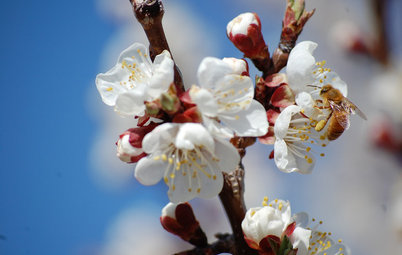
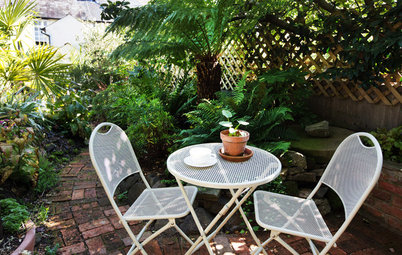
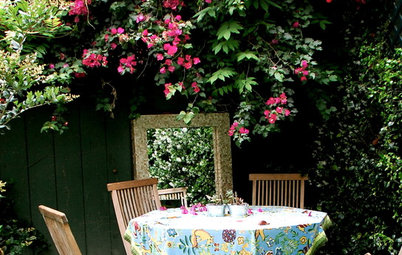
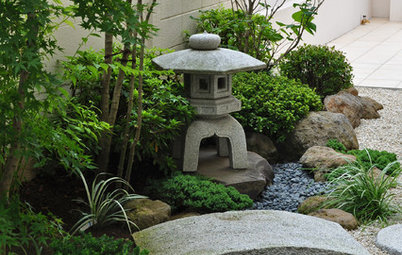
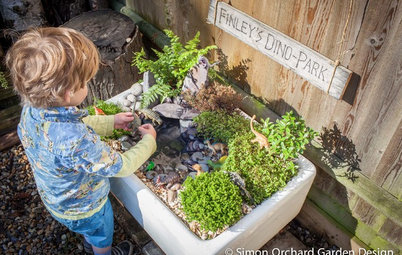

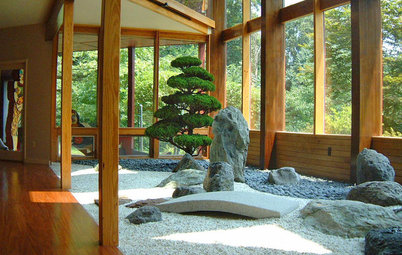
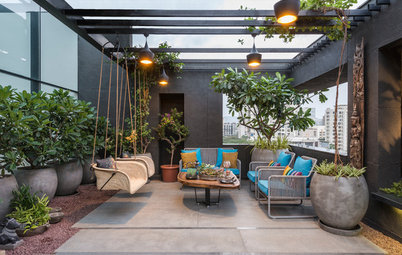
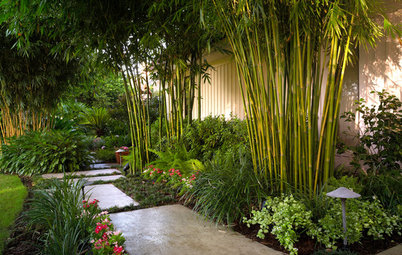
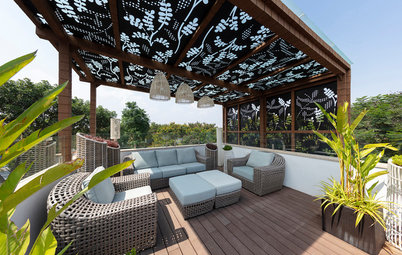
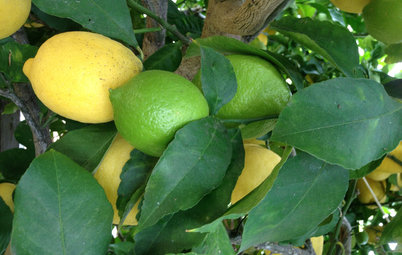
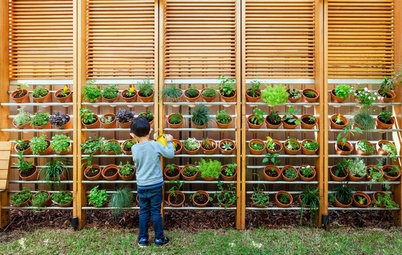
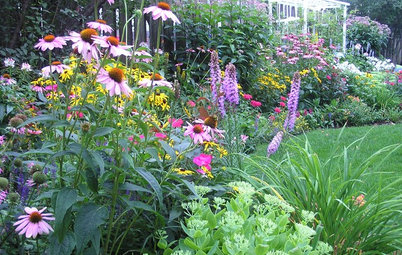
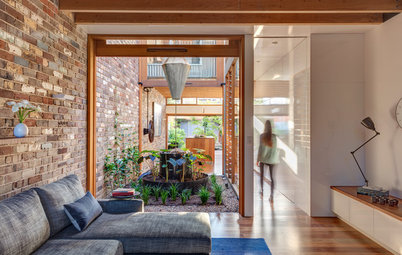

It is important to check that the water used in gardening is not misspent. Over-watering is not a sustainable practice and is unhealthy for plants too. If you have sprinklers installed, make sure they do not flood other non-planted areas. Automated systems need to be programmed according to the local weather and the needs of the flora you have planted, making for the efficient distribution of water.
For small- and medium-sized gardens, consider watering with cans instead of hoses. You can re-purpose water from the kitchen (leftovers from cooking, washing, and so on) and direct it into the garden too.
Are you a new gardener? Here is a starter guide